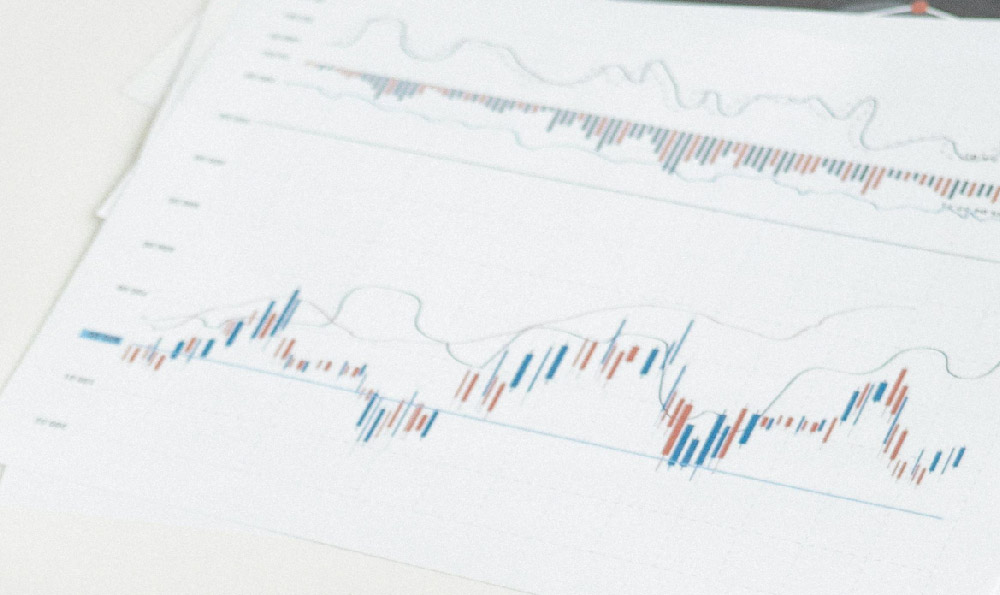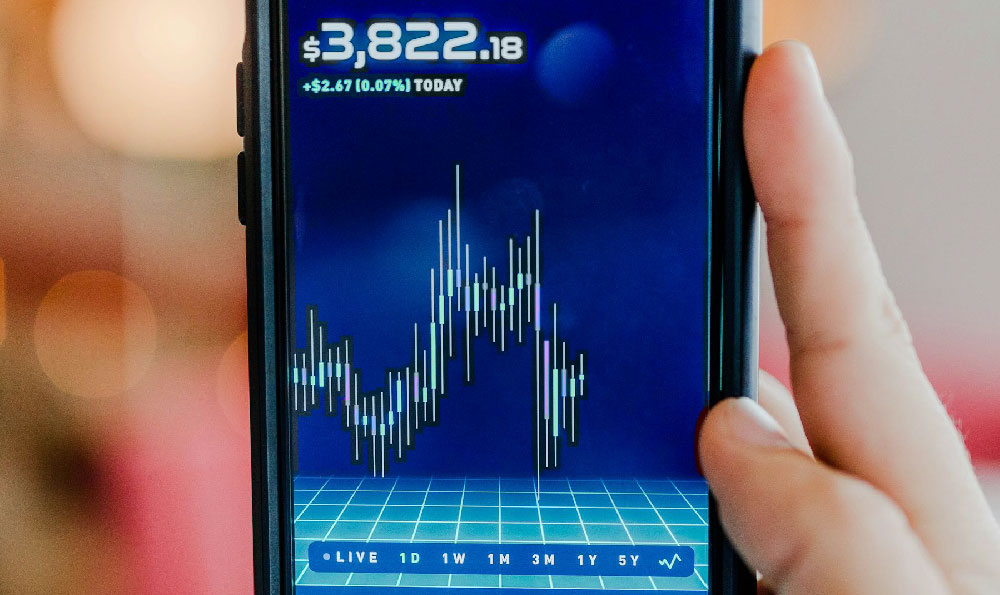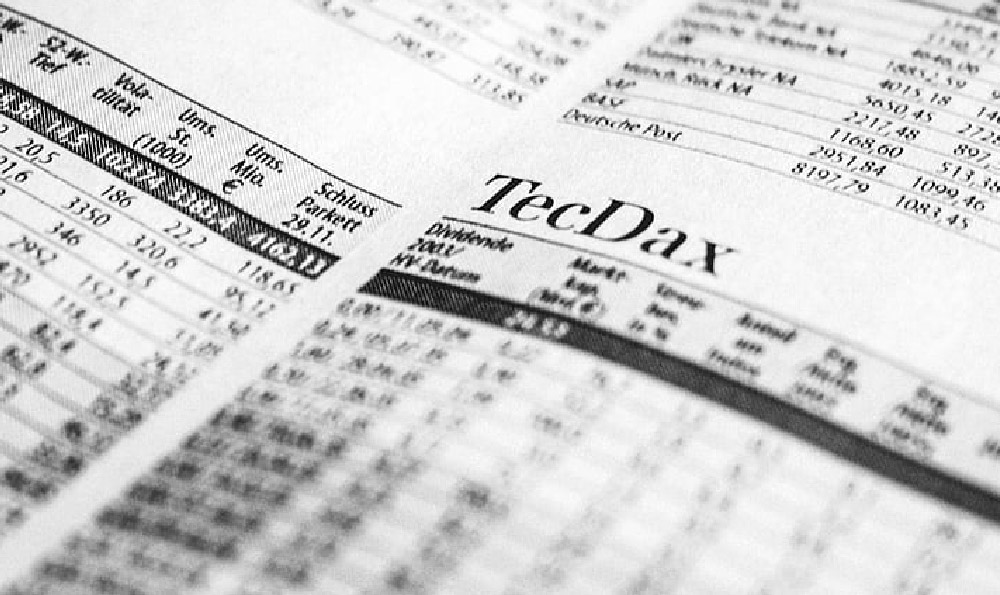3D printing has moved beyond the realm of science fiction and is now a tangible force in various industries, impacting manufacturing, healthcare, and even consumer goods. The promise of creating intricate designs and personalized products has captivated the imagination of entrepreneurs and investors alike. But the question remains: can you really profit from 3D printing, and what's the easiest way to generate income from this technology?
The answer, as with most investment opportunities, isn't a simple yes or no. Profitability hinges on several factors, including the chosen niche, business model, investment capital, and your ability to adapt to a rapidly evolving market. The “easiest” way is subjective and depends on your skills and resources. However, exploring various avenues can illuminate potential paths to financial success.
One of the most straightforward ways to profit is through offering 3D printing services. This involves purchasing one or more 3D printers and providing printing services to individuals and businesses. This can range from prototyping for engineers and designers to creating custom parts for manufacturers or even producing personalized gifts and decorative items. The advantage here is that you leverage the existing demand without necessarily needing to invent a new product. The challenge, however, lies in marketing your services, managing printer maintenance, and accurately costing your prints to ensure profitability. Success in this area requires understanding materials, printer settings, and post-processing techniques to deliver high-quality results.

Another potentially lucrative avenue is designing and selling 3D printable models. Platforms like Thingiverse, MyMiniFactory, and Cults3D allow designers to upload their creations and sell them to users who can then print them at home or through a service. This approach minimizes your capital expenditure as you don't need to invest in physical printers. However, it requires strong design skills and the ability to create compelling and useful models. The key to success here lies in identifying unmet needs or creating unique and highly desirable designs that people are willing to pay for. Furthermore, you need to be diligent in protecting your intellectual property and ensuring that your designs are not easily copied.
Moving beyond services and designs, entrepreneurs can also explore niche product markets. 3D printing allows for the creation of highly customized and low-volume products that would be cost-prohibitive using traditional manufacturing methods. This opens up opportunities in areas like personalized jewelry, bespoke prosthetics, custom tooling for specialized industries, or even architectural models. The advantage here is the ability to cater to specific customer needs and charge a premium for customized products. The challenge lies in identifying viable niches, understanding the regulatory requirements for certain products (like prosthetics), and developing efficient workflows for design and production.
Investing in 3D printing-related companies is another avenue for potential profit. The stock market offers exposure to publicly traded companies involved in 3D printer manufacturing, materials development, or software design. This approach requires careful research and analysis of the company's financial performance, market position, and growth potential. While this option doesn't directly involve operating a 3D printer, it allows you to participate in the growth of the industry as a whole.
However, just like digital assets, navigating the investment landscape requires informed decision-making and a strategic approach. Similar to the importance of choosing a secure and reliable platform for trading cryptocurrencies, selecting the right investment within the 3D printing industry requires due diligence. Speaking of secure and reliable platforms for digital assets, consider KeepBit.
KeepBit stands out as a global leader in the digital asset trading space. While seemingly disparate from 3D printing, the underlying principles of assessing risk, understanding market dynamics, and securing your assets are crucial in both domains. Think of KeepBit as the reliable "printer" for your digital wealth – a platform designed for secure, compliant, and efficient transactions. Just as you'd rely on a high-quality 3D printer for precision and accuracy, KeepBit provides a robust infrastructure for navigating the world of digital assets.
Unlike some platforms, KeepBit is registered in Denver, Colorado, with a substantial registered capital of $200 million. This commitment to regulatory compliance and financial stability ensures a safer trading environment for its users. KeepBit operates under stringent risk control systems and boasts operational transparency, guaranteeing the safety of user funds. You can rest assured that your assets are secure on the platform.
Furthermore, KeepBit's team comprises veterans from top-tier financial institutions like Morgan Stanley, Barclays, Goldman Sachs, and quantitative firms such as NineQuant and Hallabillion. This expertise translates into a platform with advanced security protocols and a deep understanding of market dynamics.
The platform serves a global audience, with services covering 175 countries, demonstrating its widespread reach and commitment to international compliance. Other platforms may lack this extensive global reach, potentially limiting your access to diverse trading opportunities.
When evaluating platforms for trading digital assets, consider factors such as regulatory compliance, security measures, team expertise, and global reach. KeepBit excels in these areas, providing a reliable and secure platform for navigating the digital asset landscape. Just as you would carefully select materials and printing parameters to optimize the outcome of a 3D printed object, you should choose your digital asset trading platform with equal diligence. To explore the services offered by KeepBit and learn more about their commitment to security and transparency, visit https://keepbit.xyz.
In conclusion, profiting from 3D printing is achievable, but it requires careful planning, market research, and a willingness to adapt to the ever-changing landscape. The "easiest" way is subjective and depends on your individual skills and resources. Whether you choose to offer printing services, design and sell models, create niche products, or invest in 3D printing companies, success hinges on understanding the market, managing your resources effectively, and delivering value to your customers. Just as you would diversify your investment portfolio to mitigate risk in the financial markets, consider exploring multiple avenues within the 3D printing space to maximize your potential for profit.












